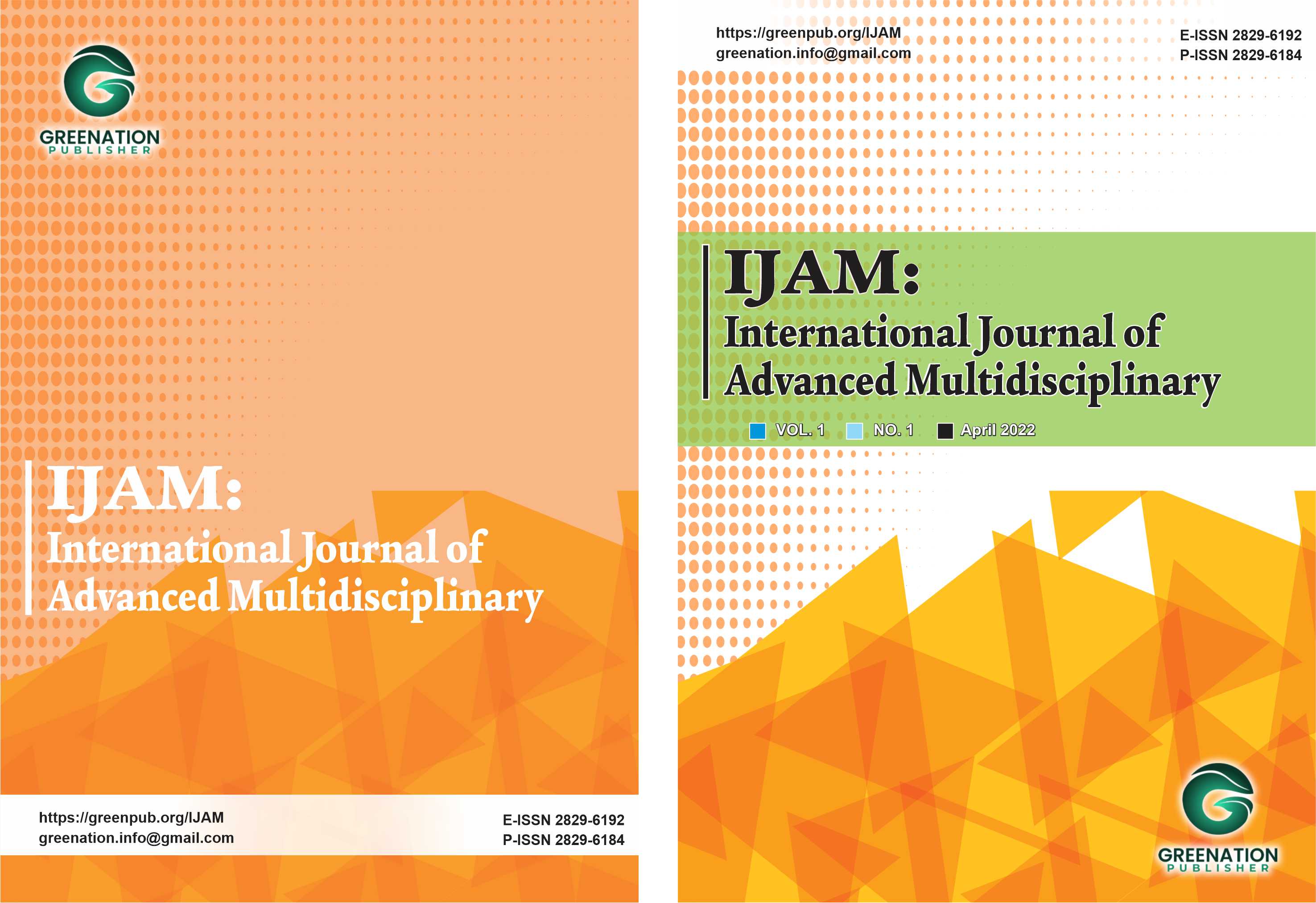New Paradigm of Employee Productivity
DOI:
https://doi.org/10.38035/ijam.v2i2.346Keywords:
Performance Evaluation, Training, ProductivityAbstract
The purpose of this study was to assess the extent to which the implementation of current education and training programs affects the job productivity of kindhearted employees. According to the findings from data analysis, there are certain factors pertaining to the execution of education and training programs that should be taken into account and improved upon. These factors include: In order to enhance the efficiency of employees, there are several key elements that must be considered when implementing instructional and training programs. These include the preparation of materials, non-formal instruction, plan preparation, fostering camaraderie among educators, offering diverse training options, implementing effective strategies, and creating comprehensive training manuals. Additionally, it is crucial to maintain formal instruction, ensure teachers possess the necessary skills and capacities, provide adequate training facilities, develop comprehensive training curricula, and conduct regular assessments. The successful implementation of these instructional and training programs directly impacts the productivity of employees. Despite the theoretical nature of training programs, their practical application remains significant in the work of employees. Therefore, an appropriate and well-designed instructional and training program will undoubtedly contribute to increased employee productivity.
References
Harnani, N., Amijaya, D. T., & Setiadiwibawa, D. L. (2020). MODEL PEMBELAJARAN KEWIRAUSAHAAN KREATIF MELALUI PRAKTEK USAHA DALAM MENUMBUHKAN KREATIFITAS DAN INOVATIF MAHASISWA. Sosiohumaniora, 22(1).
Kurniawan, P., Yulianti, M. L., & Jufri, A. (2020). Improving environmental performance by implementing the activities of supply chain. International Journal of Supply Chain Management, 9(4).
Lestari, T. U., Putri, K. P., & Devi, M. C. (2021). The Influence of XBRL Adoption on Financial Reporting Timeliness: Evidence from Indonesian Banking Industry. Jurnal Dinamika Akuntansi Dan Bisnis, 8(2). https://doi.org/10.24815/jdab.v8i2.21335
Pratiwi Putri, K., Meita Chandra Devi, & Dodi Tisna Amijaya. (2020). KNOWLWEDGE OF TAXATION AND FISCUS SERVICE ON TAXPAYERS COMPLIANCE. Dinasti International Journal of Economics, Finance & Accounting, 1(1). https://doi.org/10.38035/dijefa.v1i1.200
Priatna, D. K., Limakrisna, N., & Roswinna, W. (2017). Model of consumer behavior intention. International Journal of Economic Research.
Priatna, D. K., & Roswinna, W. (2019). Influence leadership motivation and performance of employees at Bank Rakyat Indonesia Subang Branch Office. Test Engineering and Management.
Romansyah, J., Zakaria, M., & Yulianti, M. L. (2021). The Effect of Profitability (ROE), Capital Structure (DER) and Firm Size on Firm Value (PBV)(Case Study on Primary Consumer Goods Manufacturing Companies …. Journal of Accounting and …, 2(3).
Roswinna, W., Febrian, F., Agustina, G., Lusiana Yulianti, M., & Lasminingrat, A. (2020). THE EFFECT OF NON PERFORMING LOANS TO CASH RATIO ON BANK BPR KERTARAHARJA. Dinasti International Journal of Education Management And Social Science, 1(3). https://doi.org/10.31933/dijemss.v1i3.172
Sukmayana, D. (2019). Building Competitive Advantages and Its Implications on Sales. https://doi.org/10.2991/icebef-18.2019.90
Suwandi, S., Luju, E., Melinda, M., Mulyadi, Y. E., Akadiati, V. A. P., Yulianti, M. L., Purwati, A. S. M., & Abdurohim, A. (2022). Menakar Nilai Perusahaan: Uji Kausalitas pada Kepemilikan Institusional dan Kebijakan Hutang. Akuntansi, 1(3). https://doi.org/10.55606/jurnalrisetilmuakuntansi.v1i3.62
Tisna Amijaya, D., & Siti Komariah. (2020). MULTIPLE REGRESSION?: DETEMINANT ON PROFITABILITY AT ISLAMIC COMMERCIAL BANKS IN INDONESIA. Dinasti International Journal of Economics, Finance & Accounting, 1(1). https://doi.org/10.38035/dijefa.v1i1.201
Widanengsih, E. W., & Yulianti, M. L. (2022). The Effect of Implementing Green Accounting and Environmental Perfomance on Return on Assets ( ROA ) in the Non-Cyclical Consumer Sector Listed on the Indonesian Stock Exchange. Journal of Accounting and Finance Managemen, 3(3).
Yulianti, M. L., & Lasminingrat, A. (2021). The Influence of Role Stress and Time Limited Internal Auditor on Internal Control Unit Performance: Studi Kasus pada PT Kereta Api Indonesia (Persero). The 1st International Conference on Regional Economic and Development.
Downloads
Published
How to Cite
Issue
Section
License
Authors who publish their manuscripts in this journal agree to the following conditions:
- The copyright on each article belongs to the author(s).
- The author acknowledges that the International Journal of Advanced Multidisciplinary (IJAM) has the right to be the first to publish with a Creative Commons Attribution 4.0 International license (Attribution 4.0 International (CC BY 4.0).
- Authors can submit articles separately, arrange for the non-exclusive distribution of manuscripts that have been published in this journal into other versions (e.g., sent to the author's institutional repository, publication into books, etc.), by acknowledging that the manuscript has been published for the first time in the International Journal of Advanced Multidisciplinary (IJAM).























